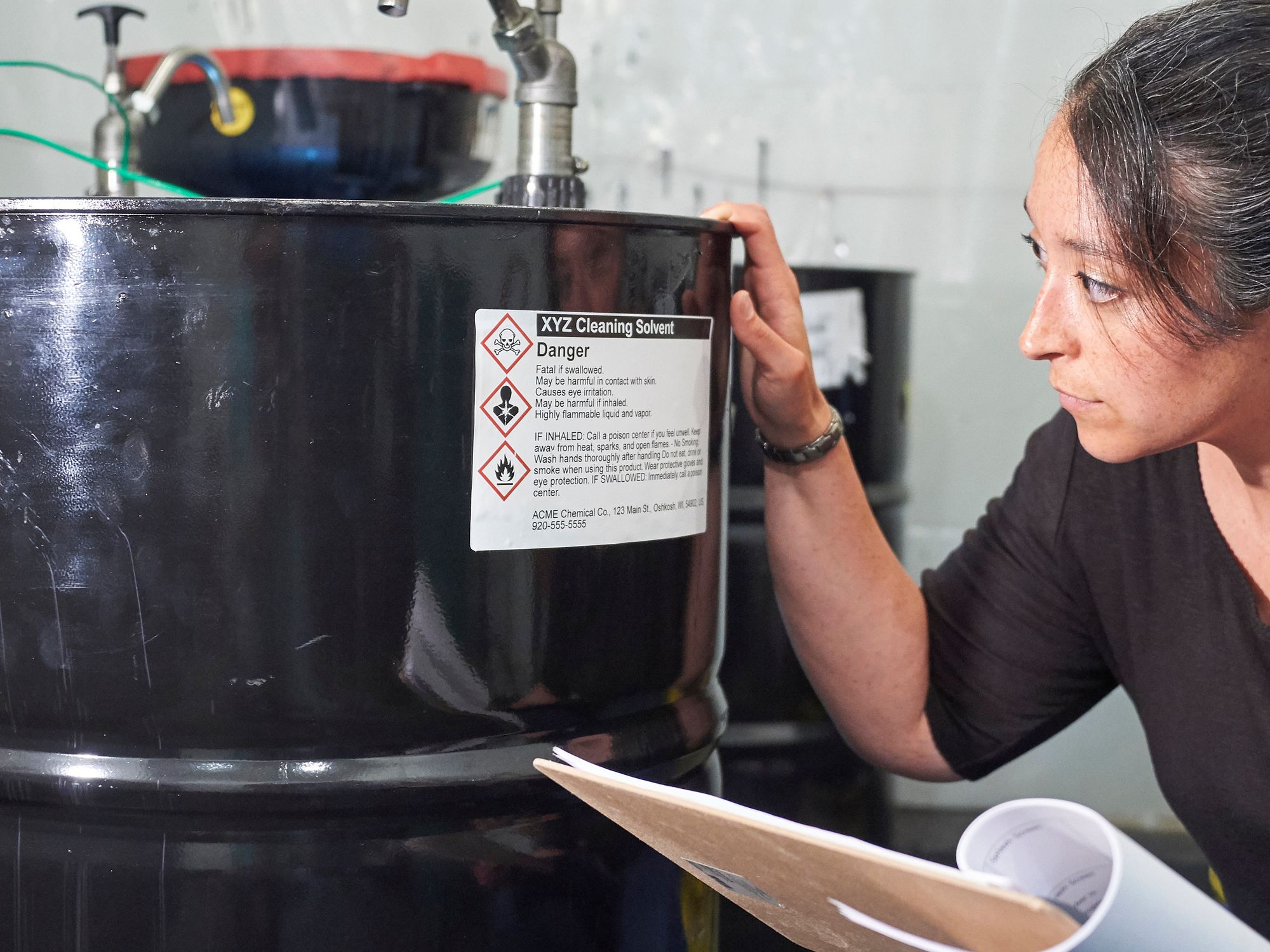InstituteSafety & HealthIn Depth Sub Topics (Level 4)General Industry SafetyHazard CommunicationHazard CommunicationEnglishAnalysisFocus AreaUSA
Sections 11 and 12
['Hazard Communication']

- Section 11 identifies toxicological and health effects information or indicates that such data are not available and must contain a description of the various toxicological (health) effects and the available data used to identify those effects.
- Section 12 provides information to evaluate the environmental impact of the chemical(s) if it were released.
Section 11. Toxicology information
This section identifies toxicological and health effects information or indicates that such data are not available and must contain a description of the various toxicological (health) effects and the available data used to identify those effects, including:
- Information on the likely routes of exposure (inhalation, ingestion, skin and eye contact).
- Description of the symptoms. This description includes the symptoms associated with exposure to the chemical including symptoms from the lowest to the most severe exposure.
- Description of the delayed, immediate, or chronic effects from short- and long-term exposure.
- The numerical measures of toxicity (e.g., acute toxicity estimates such as the LD50 (median lethal dose)) — the estimated amount [of a substance] expected to kill 50 percent of test animals in a single dose.
- Interactive effects; information on interactions should be included if relevant and readily available.
- Indication of whether the chemical is listed in the National Toxicology Program (NTP) Report on Carcinogens (latest edition) or has been found to be a potential carcinogen in the International Agency for Research on Cancer (IARC) Monographs (latest edition), or by the Occupational Safety and Health Administration (OSHA).
- When specific chemical data or information is not available, the preparer must indicate if alternative information is used and the method used to derive the information (e.g., where the preparer is using information from a class of chemicals rather than the exact chemical in question and using (structure activity relationship) SAR to derive the toxicological information).
Section 12. Ecological information
Section 12 provides information to evaluate the environmental impact of the chemical(s) if it were released. This section provides information to evaluate the environmental impact of the chemical(s) if it were released to the environment. The information may include:
- Data from toxicity tests performed on aquatic and/or terrestrial organisms, where available (e.g., acute or chronic aquatic toxicity data for fish, algae, crustaceans, and other plants; toxicity data on birds, bees, plants).
- Whether there is a potential for the chemical to persist and degrade in the environment either through biodegradation or other processes, such as oxidation or hydrolysis.
- Results of tests of bioaccumulation potential, making reference to the octanol-water partition coefficient (Kow) and the bioconcentration factor (BCF), where available.
- The potential for a substance to move from the soil to the groundwater (indicate results from adsorption studies or leaching studies). Other adverse effects (e.g., environmental fate, ozone layer depletion potential, photochemical ozone creation potential, endocrine disrupting potential, and/or global warming potential).
